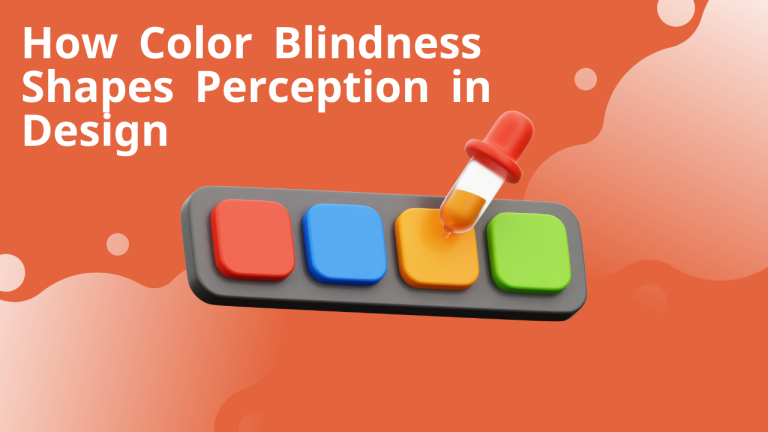Colors have always been potent symbols in social movements and cultural expression, holding rich historical meaning and emotional depth. In honor of Black History Month, we delve into how certain colors have become essential to African-American identity, activism, and cultural celebration, intertwining centuries of history, struggle, and triumph.
The Pan-African Colors: Origins and Evolution
The Pan-African flag, designed by Marcus Garvey in 1920, introduced three colors that have become essential to African-American cultural identity and social justice movements. This combination of red, black, and green arose from the desire for symbols that could bring together people of African descent worldwide, reflecting their common struggles and hopes.
Red: The Blood of the People
Red carries deep meaning in African-American culture, symbolizing the bloodshed during centuries of sacrifice and struggle. This vibrant color reflects both the historical pain and the resilience of the African-American community. Over the years, red has come to represent the life force that unites all people, while also honoring the unique sacrifices made in the pursuit of freedom and equality.
In today’s movements, red remains a powerful symbol of the relentless fight for justice. It can be seen in artwork, protest signs, and cultural celebrations, linking current activism to past struggles. The emotional weight of the color effectively communicates the urgency of social justice issues while paying tribute to those who sacrificed in earlier movements.
Black: Unity and Pride
Black represents unity and pride in African heritage, embodying the strength found in community solidarity. This color was intentionally chosen to confront negative stereotypes and reclaim its significance as a symbol of beauty and cultural pride. Throughout the 20th century and continuing today, black has been celebrated as a reflection of African-American identity and a statement of cultural confidence.
In cultural movements, the color black also signifies the power of collective action and shared purpose. It is prominently featured in civil rights imagery, fashion, and art, acting as a visual anchor for expressions of cultural pride. The phrase “Black is Beautiful” emerged in the 1960s as a powerful affirmation, turning the color into a declaration of self-love and cultural appreciation.
Green: The Land and Hope
Green in the Pan-African symbolism signifies Africa’s rich natural resources and the hope for growth and renewal. This color is tied to both historical significance and future goals, representing the fertile lands of the African continent and the potential for economic and social progress. In modern contexts, green has come to symbolize environmental justice, sustainable community development, and care for future generations.
Additionally, the color embodies themes of healing and renewal, which are particularly important in confronting historical traumas and fostering stronger communities. Green is prominently featured in cultural celebrations, community gardens, and economic development projects, symbolizing the ongoing growth and revitalization of African-American communities.
Colors in the Civil Rights Movement
The Civil Rights Movement of the 1960s strategically utilized color in its visual messaging and protests. The use of black and white imagery became especially impactful, not only through photography but also as a conscious choice in protest materials. These stark contrasts symbolized the moral clarity of the movement’s objectives and the universal quest for human rights.
The visual language of the movement frequently employed these contrasting colors to emphasize the divisions within American society while also suggesting the potential for harmony through justice. This thoughtful application of color effectively conveyed complex messages about equality and justice to audiences both nationally and internationally.
Purple: Royalty and Resilience
Purple has long been significant in African-American culture, symbolizing spiritual strength and divine protection. Traditionally linked to royalty and nobility, it has come to represent dignity and self-worth within African-American communities. In both religious and cultural contexts, purple signifies divine guidance and human dignity.
Today, the use of purple in cultural celebrations and social justice movements builds on these historical meanings while introducing new interpretations. The color is present in artistic expressions, religious ceremonies, and community events, linking contemporary African-American experiences to historical traditions and future hopes.
Gold and Yellow: Prosperity and Light
Gold and yellow hold deep significance in African-American cultural symbolism, embodying prosperity, intellectual achievement, and spiritual enlightenment. These colors are prominently featured in academic regalia, religious ceremonies, and cultural celebrations, symbolizing both material and spiritual wealth.
In modern contexts, they continue to signify excellence and achievement, especially in educational and professional environments. They remind us of the historical quest for knowledge despite challenges and the ongoing dedication to intellectual and professional growth.
Contemporary Color Symbolism
Modern social justice movements are building on a rich history of color symbolism, infusing it with new meanings and associations. The rise of digital activism and social media has created innovative ways to utilize these traditional colors, adapting their historical significance to fit contemporary contexts while still honoring earlier struggles.
The intentional use of color in today’s movements reflects an awareness of this historical legacy, while also recognizing the importance of resonating with new generations. Contemporary artists and activists frequently merge traditional color symbolism with modern design elements, crafting impactful visual statements that connect the past with the present.
Conclusion
The symbolism of colors in African-American cultural movements weaves together a rich tapestry of historical memory, cultural pride, and ongoing aspirations for justice. These colors evolve in meaning while still being tied to historical struggles and triumphs. As we honor Black History Month, grasping this intricate color symbolism allows us to appreciate the depth and complexity of African-American cultural expression and social justice movements.
The continued use and reinterpretation of these symbolic colors in modern movements highlight their lasting power to convey intricate ideas about identity, justice, and community. They act as a visual language that links past struggles to current activism, inspiring and guiding future generations in their quest for justice and equality.







